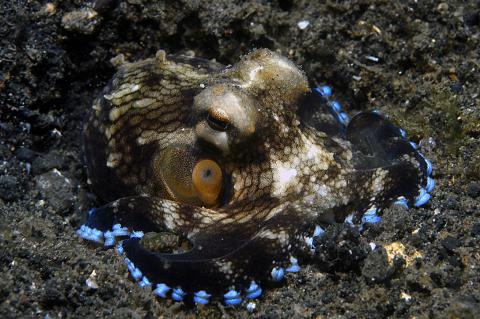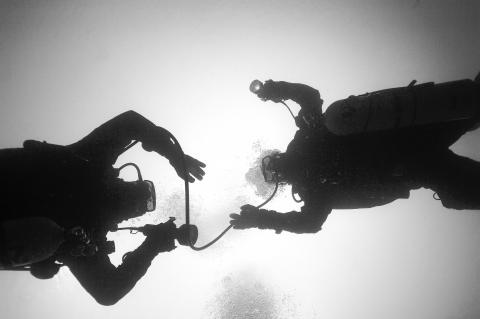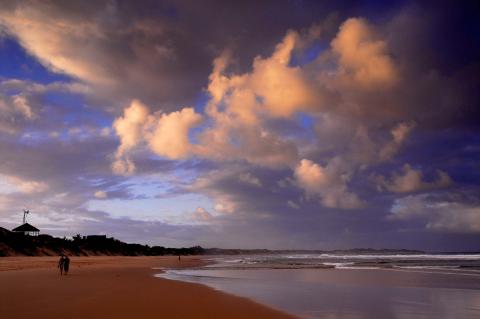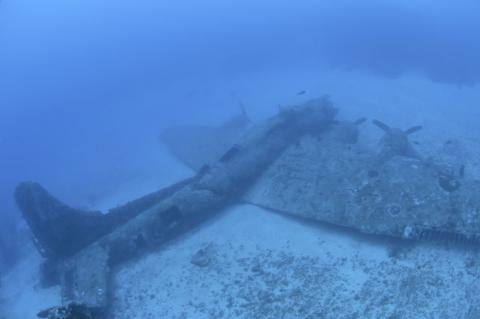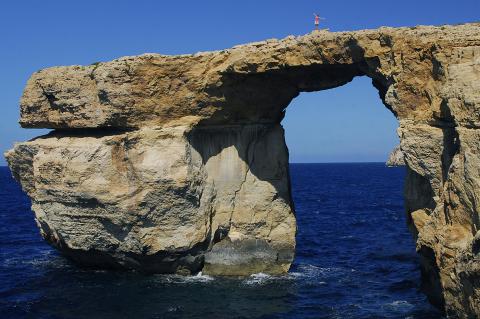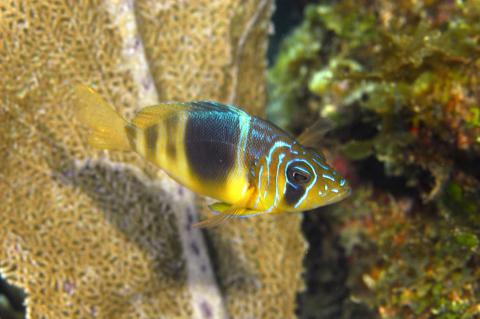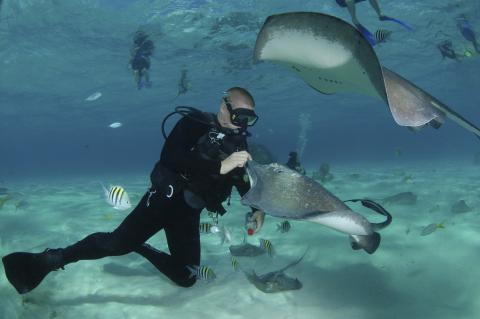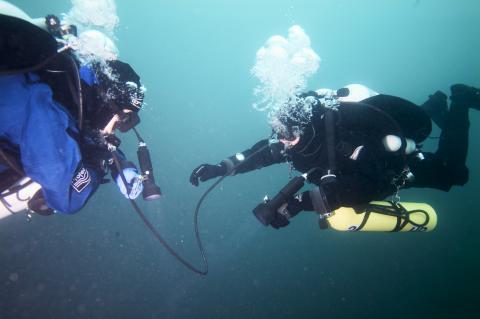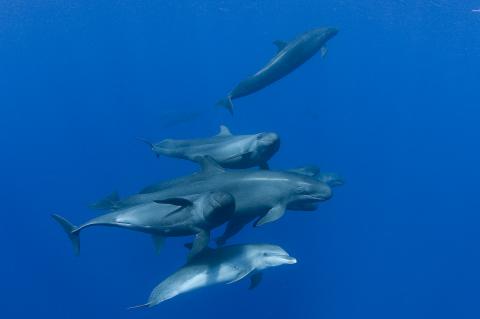Muck Diving
Muck diving is now a recognized broad term for (generally) close up photography, usually in terrible visibility and a dark muddy bottom resulting primarily in low light conditions, which may or may not be polluted, too!
Do not let the name, muck diving, fool you; it is one of the best dive photography trips that you can do to obtain quite unique photographs. This form of photography encompasses all of your skills, particularly buoyancy as you will be working close to the seabed, if not on it.

